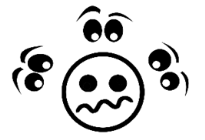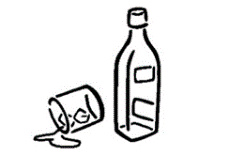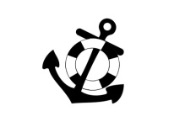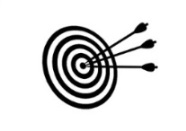Content Robin Z
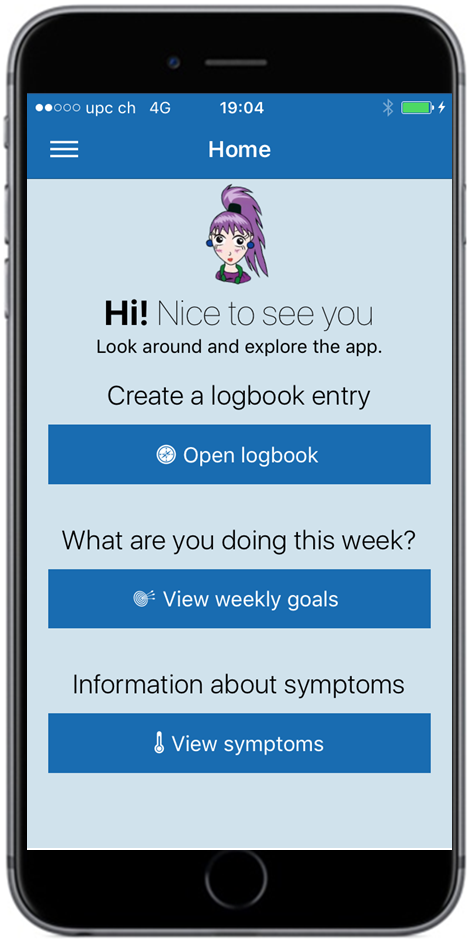
The app contains the following features:

- Logbook
The logbook serves as a journal to record mood, mental health problems, medication and noteworthy incidents/events. Any number of logbook entries per day can be created. During therapy provided in face-to-face consultations, it is recommended that at three fixed times a day, an entry is made in the logbook. This will give a better overall picture of the daily fluctuations in symptoms and mood. The users can be reminded of their logbook entries through use of a reminder function.
Symptoms
Under “Symptoms” the user will find information on various mental health problems. For each symptom, the app provides tips and strategies. At the same time, users can also note their coping strategies and other helpful thoughts under the “Memo” function. The users can select which of the symptoms they wish to record in the logbook.
Medication
The user can record their medication and they can set up a reminder. Medication taken can be monitored through the Logbook. Furthermore, under “Info” the users can also find a brief text setting out the most important general facts to be considered when taking medication.
Crisis intervention
Under “Crisis Plan”, a crisis intervention plan can be created to better manage crisis situations. We recommend creating and discussing the plan within the therapy sessions, with the therapist. Emergency contacts can be stored under the “Crisis Plan”, which are accessible at any time directly from the app.
Weekly goals
The “Weekly Goals” are for short and long term goals that can be tracked on the app. On the one hand, it is intended to support the users in their everyday activities, and on the other to helps them to experience success. Goals, that have been met, will be saved as completed and stored under “Achieved Goals”.
Library
The “Library” offers positive reinforcement for dealing with daily life. In the category “Strengths”, either a list can be created of strengths that the user attributes to himself/herself, or that others have liked/recognized in the user. This should help the users to build more self-esteem. Under “Positive Experiences” the users can note down positive events and experiences. This is to encourage them to be aware of things that make their everyday life more positive, such as receiving a nice text message or eating their favorite meal. The lists of strengths and positive experiences can be accessed at any time, and if the users are experiencing a tough time and feeling down, they can refer to these lists and this should help them feel more positive.
The third function of the library is to provide suggestions of activities that the users can engage in daily to brighten their mood and day. The suggestions are presented in the form of a list. They are split into the following categories: Reward, Creative Activities, Movement, Social interaction, Cognitive training and Wellness and Relaxation. The users can also add their own ideas for activities to each category. The users are encouraged to engage in at least one positive activity per day.
